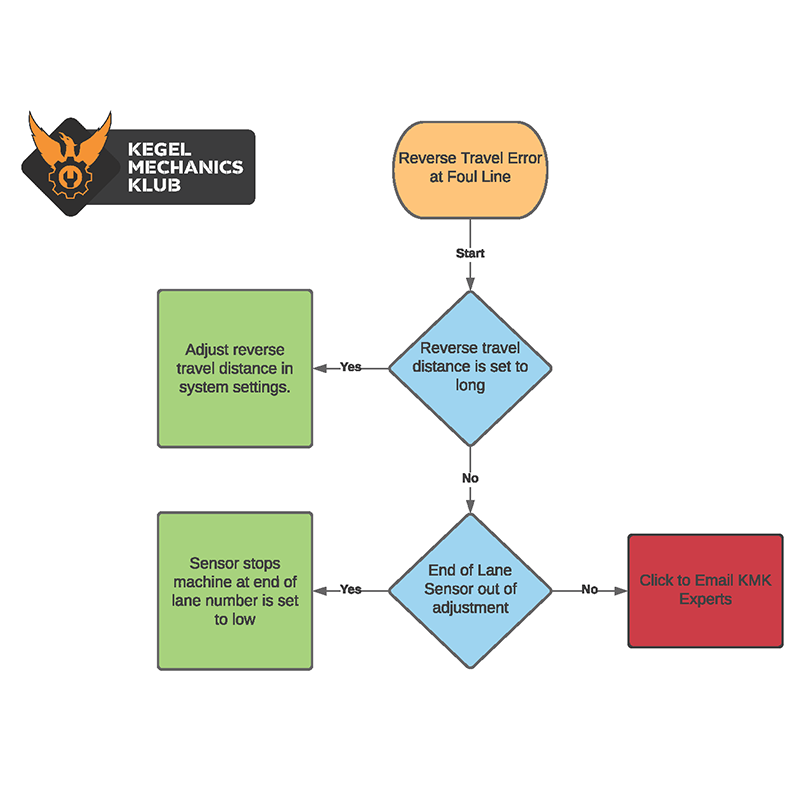
KMK NEWSLETTER
FEBRUARY 2025
Alive and Kicking
A sometimes-overlooked area of the lane are the kickback plates. Many of these plates have been in place for several decades, often without maintenance.
The older style fiber plates should be sanded and recoated with urethane at least once per year, and sometimes more often in high lineage centers. Inspect them once a month for peeling and protruding nails.
Newer style phenolic plates do not require recoating but should be checked often to insure they are firmly attached to the kickback. Some are glued to the wood and others might use screws.
When the plates become worn, there is a risk of the wood behind the plate becoming damaged. Replace worn plates quickly to reduce the chances of costly repairs to the wooden kickback.
As worn areas appear in the plates, the nails or screws may protrude slightly. This can damage pins and balls. Loose and or damaged plates will reduce pin action and addressing problems in this area will protect your investment in your pins, keep your customers’ equipment safe and allow pins to react correctly.
When replacing a kickback plate, measure the old plate to be certain the replacement is the correct size. Kegel has 3 sizes of phenolic plate that should work in most situations:
PPP-PKB 15”x33” Typically used in the front area
PPP-PKB-40 15”x40” Typically used in the front area of newer equipment
PPP-PKB-R 24”x19” Typically used in the rear area
Always remember that a well maintained kickback plate will ensure many years of great scoring, prevent ball and pin damage and will be visually appealing to the customer.
more tips, videos, and troubleshooting
Calling all mechanics Submit your tips and tricks!
Have a suggestion for a great tip or trick to be added to our website? We welcome suggestions as we grow the information on this site. Submit your ideas below!








